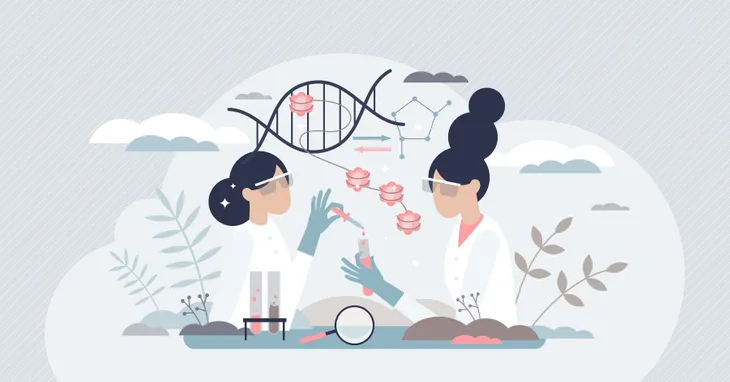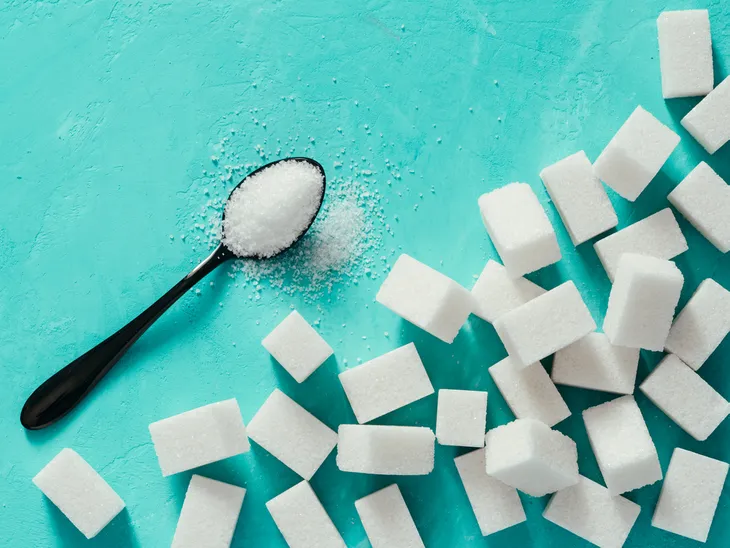The World Health Organization declared on July 14, 2023, that the widely used synthetic sweetener aspartame could be a “possible” carcinogen, or cancer-causing agent, on the basis of “limited evidence for cancer in humans.”
But the agency also concluded that the currently available data does not warrant a change of the acceptable daily intake of aspartame at this time.
The Conversation asked chronic disease epidemiologist Paul D. Terry, public health scholar Jiangang Chen and nutrition expert Ling Zhao, all from the University of Tennessee, to put these seemingly contradictory findings into perspective based on the available scientific evidence.
1. Why is aspartame being classified as ‘possibly’ cancer-causing?
Aspartame is an artificial sweetener that is added to many foods, candies, gums and beverages, such as diet soda. Because it is approximately 200 times sweeter than table sugar, smaller amounts of aspartame are added to foods, and they contribute considerably fewer calories. NutraSweet and Equal are well-known brand names for aspartame sold in packages for individual use.
The International Agency for Research on Cancer, an entity within the WHO, evaluated findings from both human and animal studies of aspartame and cancer. The group noted some positive associations between aspartame consumption and hepatocellular carcinoma, a form of liver cancer.
This WHO group classifies degrees of evidence that an agent has cancer-causing potential as being “sufficient,” “limited,” “inadequate” or “suggesting lack of carcinogenicity.” “Limited” evidence, as it pertains to the WHO’s new announcement on aspartame, means that although there is some evidence for an association, that evidence cannot be considered “sufficient” to infer a causal relationship.
Ultimately, the group concluded that several limiting factors could possibly explain the positive associations in those studies. These include the small number of human studies available, the complexity of studying people’s dietary behaviors and possible bias from factors such as higher-risk people – for example, those with diabetes – selecting diet products more often and ingesting higher quantities of aspartame than the average consumer. Therefore, the classification of “limited evidence” implies the need for additional studies.
2. What are the current guidelines for aspartame consumption?
The Food and Agriculture Organization’s Joint Expert Committee on Food Additives, an international committee of science experts that is operated by both the WHO and the United Nations, currently recommends a daily maximum of 40 milligrams per kilogram of body weight for aspartame.
This amount of aspartame per day translates to approximately eight to 12 cans of soda, or approximately 60 packets of aspartame, for a person weighing 132 pounds (60 kilograms). For a child weighing 33 pounds (15 kg), it translates to between two to three cans of aspartame-sweetened soda per day, or approximately 15 packets of aspartame. Some individuals may consume more aspartame than this, but such high intake is not typical.
3. Does the WHO’s new stance change that recommendation?
Independently of the expert panel on cancer, the food safety group also evaluated the available evidence and concluded that there was no “convincing evidence” from either animal or human studies that aspartame consumption causes adverse effects within the currently established daily limits.
Based on assessments of the findings of both groups, the director of the Department of Nutrition and Food Safety of the WHO stated that, “while safety is not a major concern” at the doses in which aspartame are commonly used, “potential effects have been described that need to be investigated by more and better studies.” The American Cancer Society has also stated that it supports further research into possible health concerns related to aspartame.
It is important to note that people with the rare inherited disorder called phenylketonuria, or PKU, should avoid or restrict aspartame intake.
4. How can two consensus groups reach different conclusions?
It is not uncommon for scientific consensus groups to differ in how they classify risk based on the results of published studies, even if more than one of those consensus groups is affiliated with the same agency or parent organization.
Whereas the WHO’s expert cancer group’s stance may appear to be more worrisome than that of the committee on food safety, in fact, the latter’s “no convincing evidence” is consistent with the cancer group’s “limited evidence” classification. Because, unlike the cancer group, the food safety committee considers risk of aspartame at specific consumption levels, the WHO as a whole continues to support the food safety committee’s existing recommendations for allowable daily aspartame intake of up to 40 milligrams per kilogram of body weight.
Of note, the committee’s recommended maximum daily intake is still more conservative than the current U.S. Food and Drug Administration’s recommended maximum daily allowance of 50 milligrams of aspartame per kilogram of body weight.
5. How does aspartame compare to other sweeteners?
Alternatives to aspartame include other artificial sweeteners such as saccharin and sucralose, sugar alcohols like sorbitol and xylitol, naturally derived sugar-free sweeteners like Stevia and simple sugars, such as those in sugar cane, sugar beets and honey.
But, like aspartame, many of these sweeteners have been implicated in developing cancer. This list includes acesulfame potassium, or Ace-K – a synthetic calorie-free sugar substitute – as well as sugar alcohols and even simple sugar.
The availability of a wide variety of approved sweeteners seems like a good thing, but studying the many possible risks associated with sweeteners is challenging, since people have complex diets and lifestyles.
6. So what should consumers do?
For now, as is the case with aspartame, these sweeteners remain approved for human use because there isn’t sufficient evidence to support an association with cancer. And, as noted by the Mayo Clinic, artificial sweeteners may play a beneficial role for some people who are seeking to manage their weight or control their sugar intake. Studies show that sugar may be addictive for some individuals.
When making a decision about consumption of sweeteners, consumers should consider factors like taste preference, body weight and composition, diabetes status and risk, possible allergic responses and the evidence that may result from ongoing and future studies. In certain cases, such as with individuals who have or are at future risk of diabetes, people should talk with their physician or other health care provider to determine the best choice.
One thing is clear: Scientific studies on aspartame consumption will continue, and it will be important for both consumers and the research community to continue weighing potential risks.
Paul D. Terry, Professor of Epidemiology, University of Tennessee; Jiangang Chen, Associate Professor of Public Health, University of Tennessee, and Ling Zhao, Professor of Nutrition, University of Tennessee
![]()
This article is republished from The Conversation under a Creative Commons license. Read the original article.








